Observatory in the Desert as a Present to Esfahak
Esfahan is a historic village in the city of Tabas, South Khorasan province, Iran, which has vernacular architecture like the other desert regions. However, this village's buildings are mostly mud and brick because they are effortless, with a dome or curved roof as the main identity.
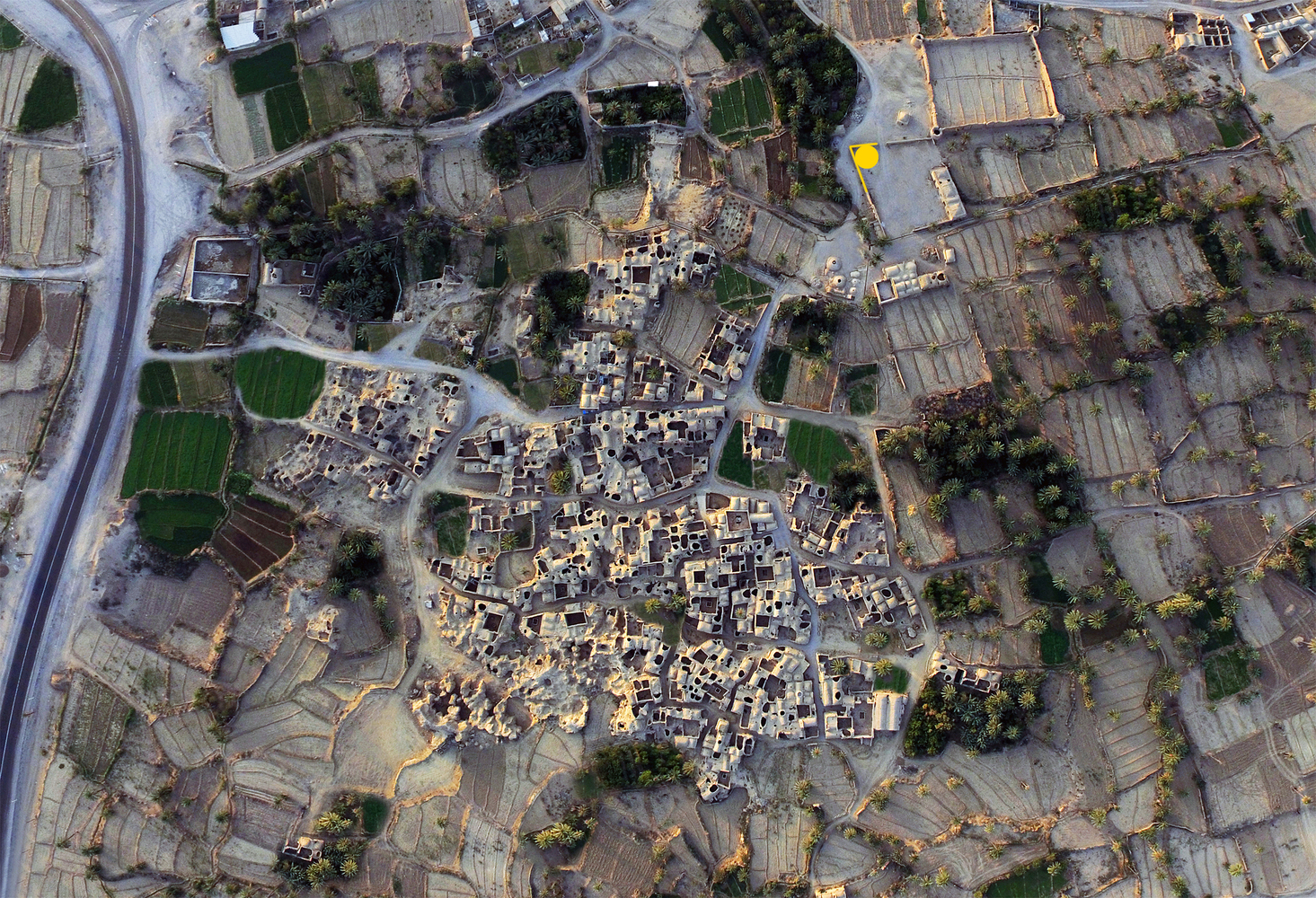 Esfahak village conditions.
Esfahak village conditions.
In 2017, the Contemporary Architects Association received a request to design an observatory near the school in the village of Esfahak. The idea of the Observatory came from the local community, which wanted an open space to enjoy the village's natural charm, especially the sky's view at night. The Contemporary Architects Association later realized the project titled ‘Observatory in the Desert’ as a gift dedicated to the village of Esfahak, which was rising and rebuilding its identity.
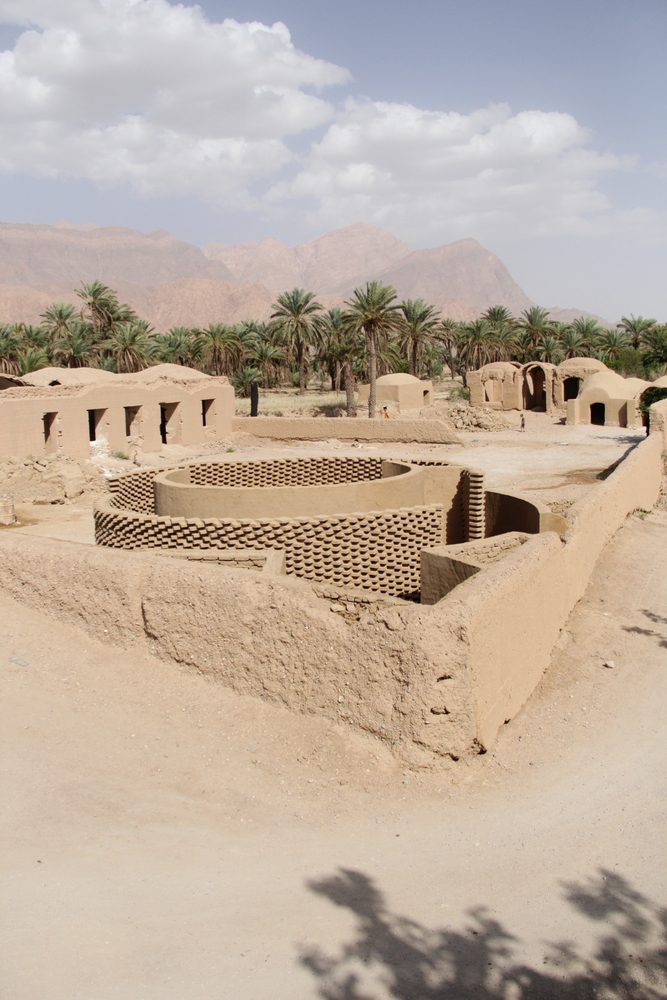
The Contemporary Architects Association designed the Observatory in the Desert as a gift for the village of Esfahak.
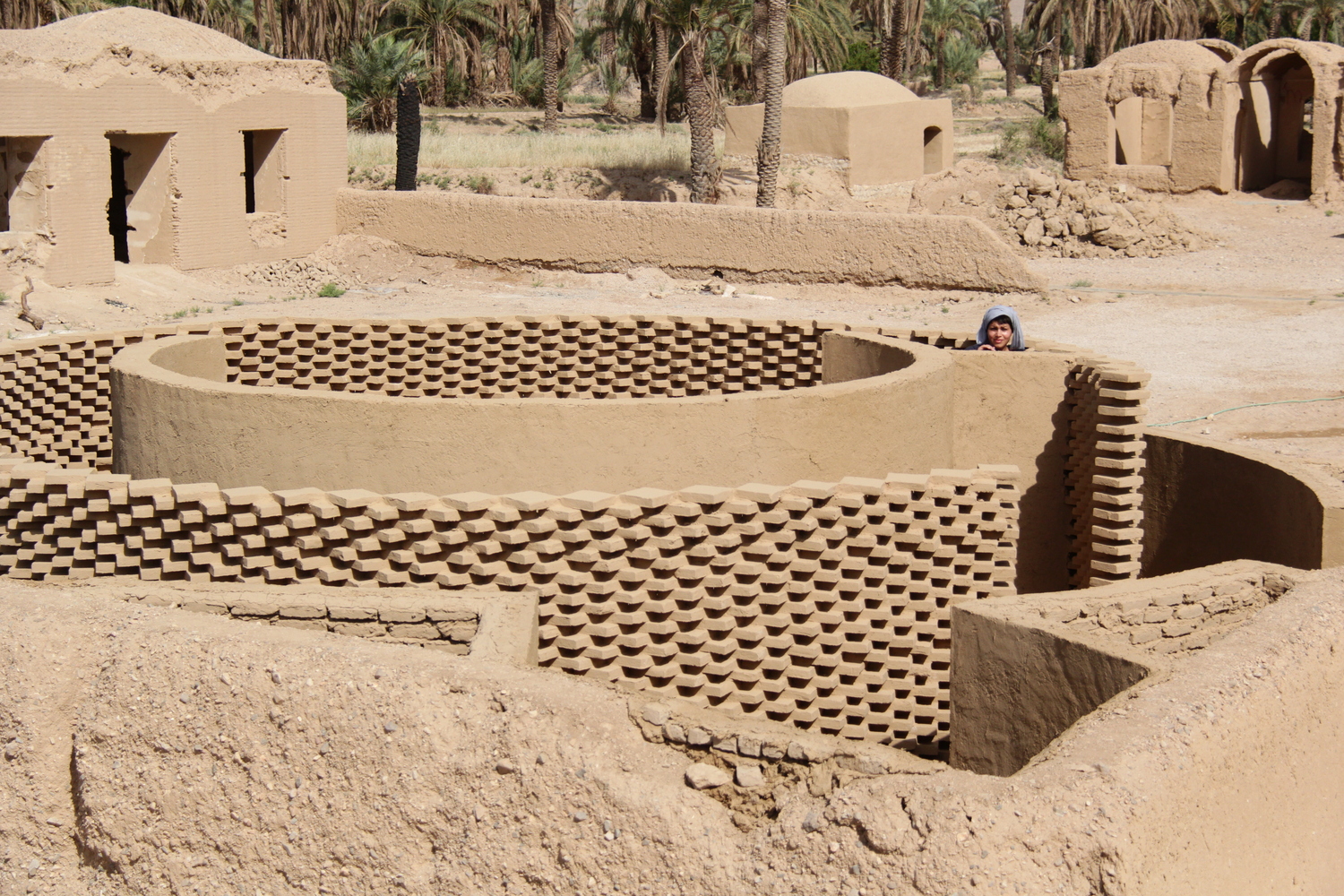 Circular wall layers form the volume of the observatory.
Circular wall layers form the volume of the observatory.
In the concept, the design team prioritizes material and spatial aspects to form an observatory volume that follows its function but also meets the value of its vernacular architecture. Adobe brick material, with mortar from a mixture of clay, water, and sand, was used to build the three circular walls of the Observatory. The circular shape was chosen because it is believed to enhance the spatial experience for visitors to the Observatory.
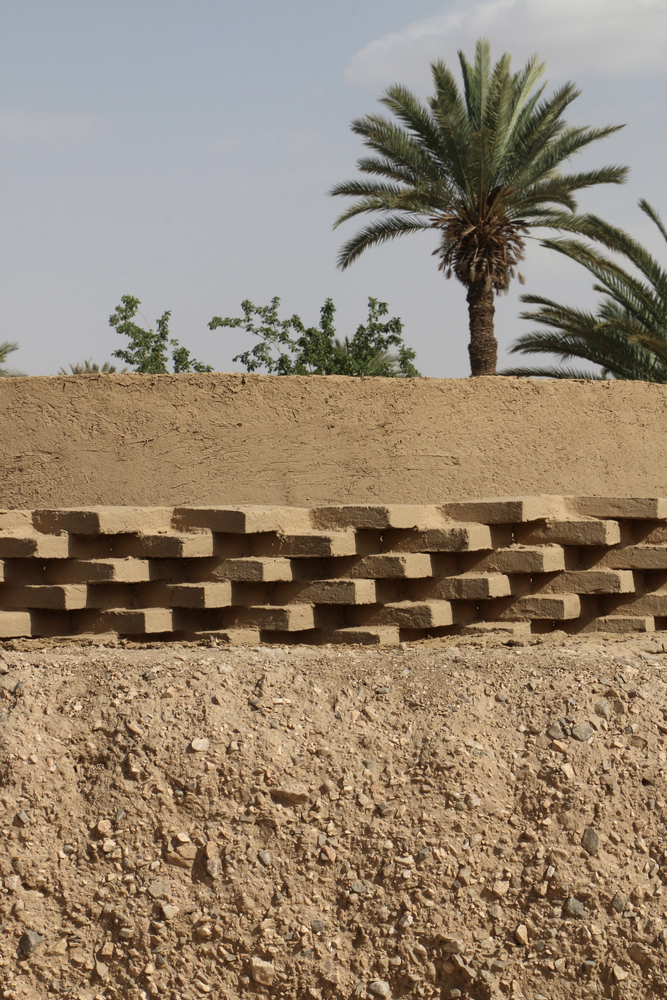
The observatory is designed with local materials, adobe bricks with mortar from a mixture of clay, water, and sand.
The Observatory construction starts from the outermost wall with a distance to the second circle of about 100 cm or only enough for one person. After that, visitors can go to the central circle through the passage formed by the two walls, a place to observe the sky. This central space is one meter higher than the surrounding ground level allowing for a wider view.
 Observatory in the Desert at night.
Observatory in the Desert at night.
After the Observatory in the Desert was completed, the Esfahak people had their own 'stage' to expand their view of the world. The Contemporary Architects Association presents the Observatory as its contribution to Esfahak, both its society and vernacular architecture.
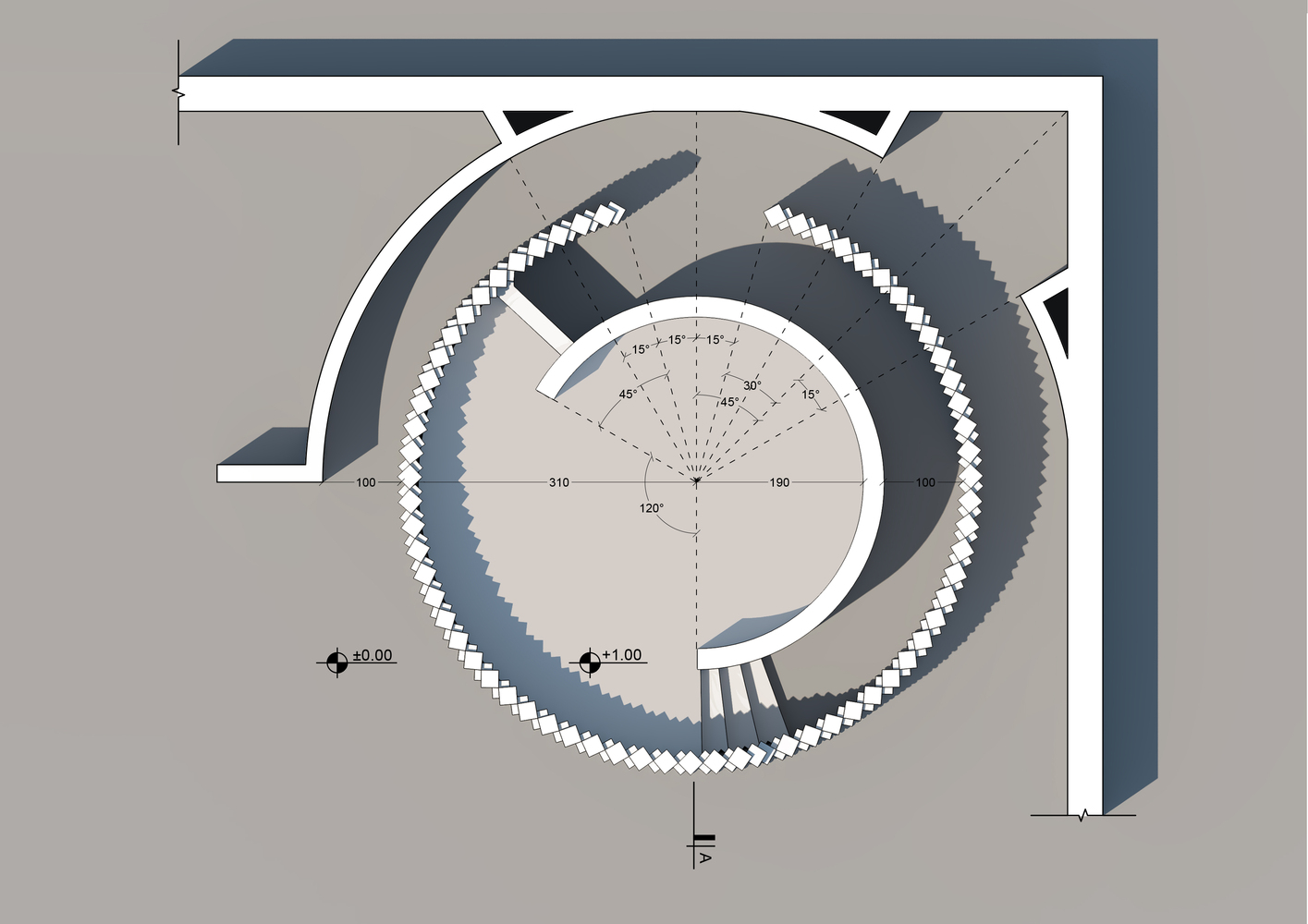 Plan.
Plan.
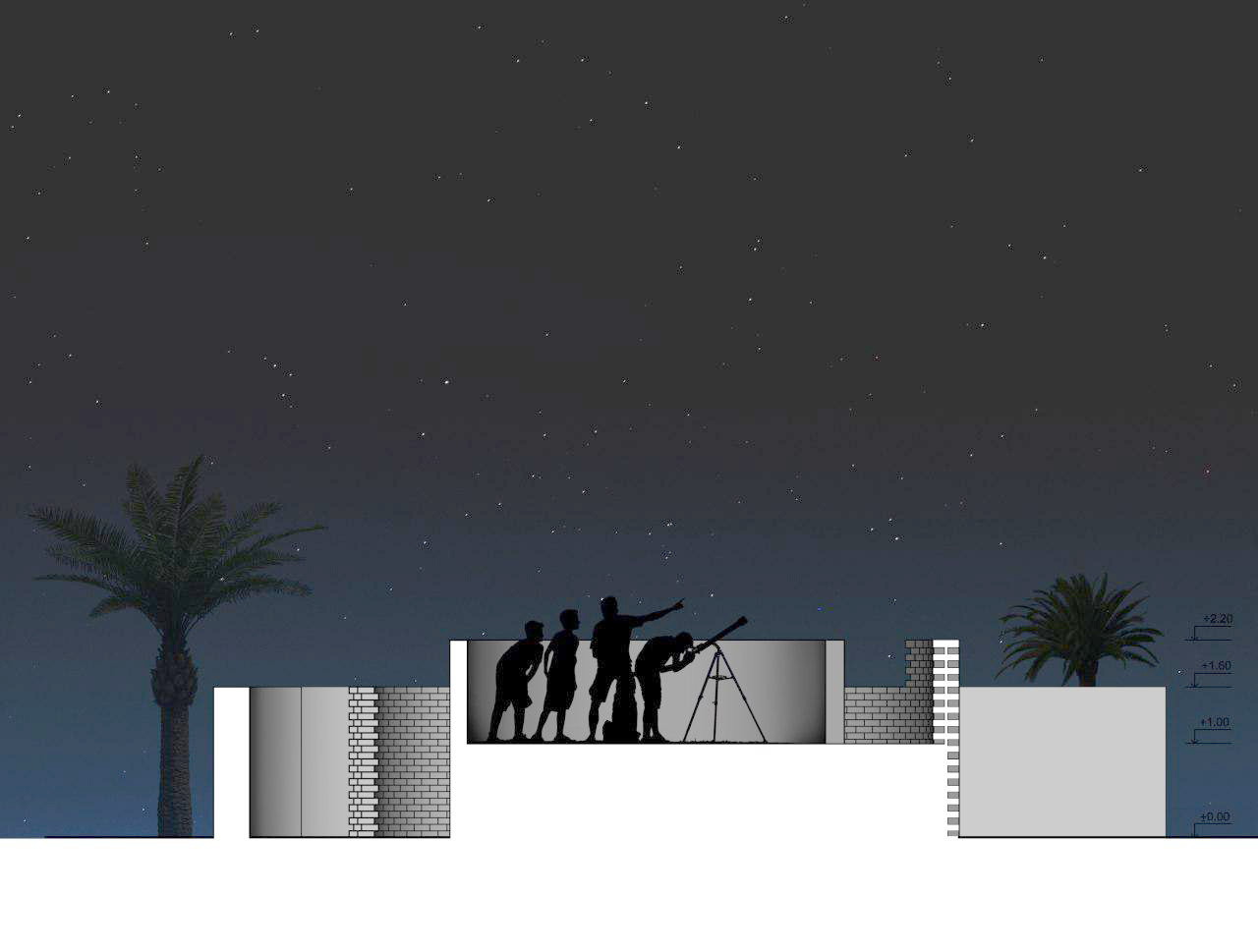 Section.
Section.

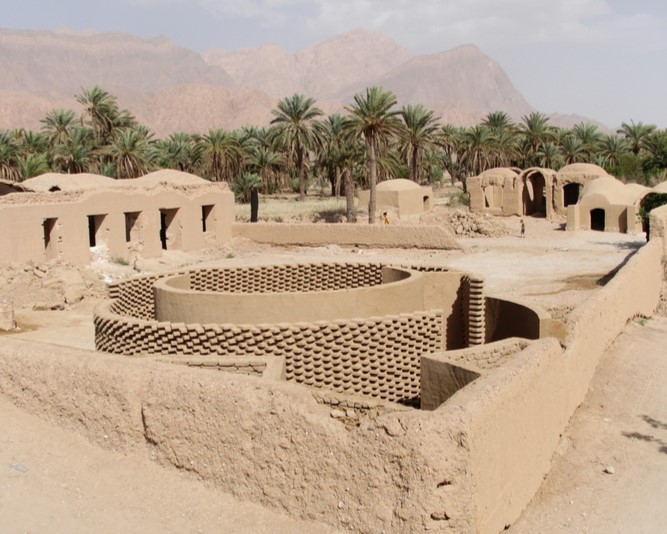




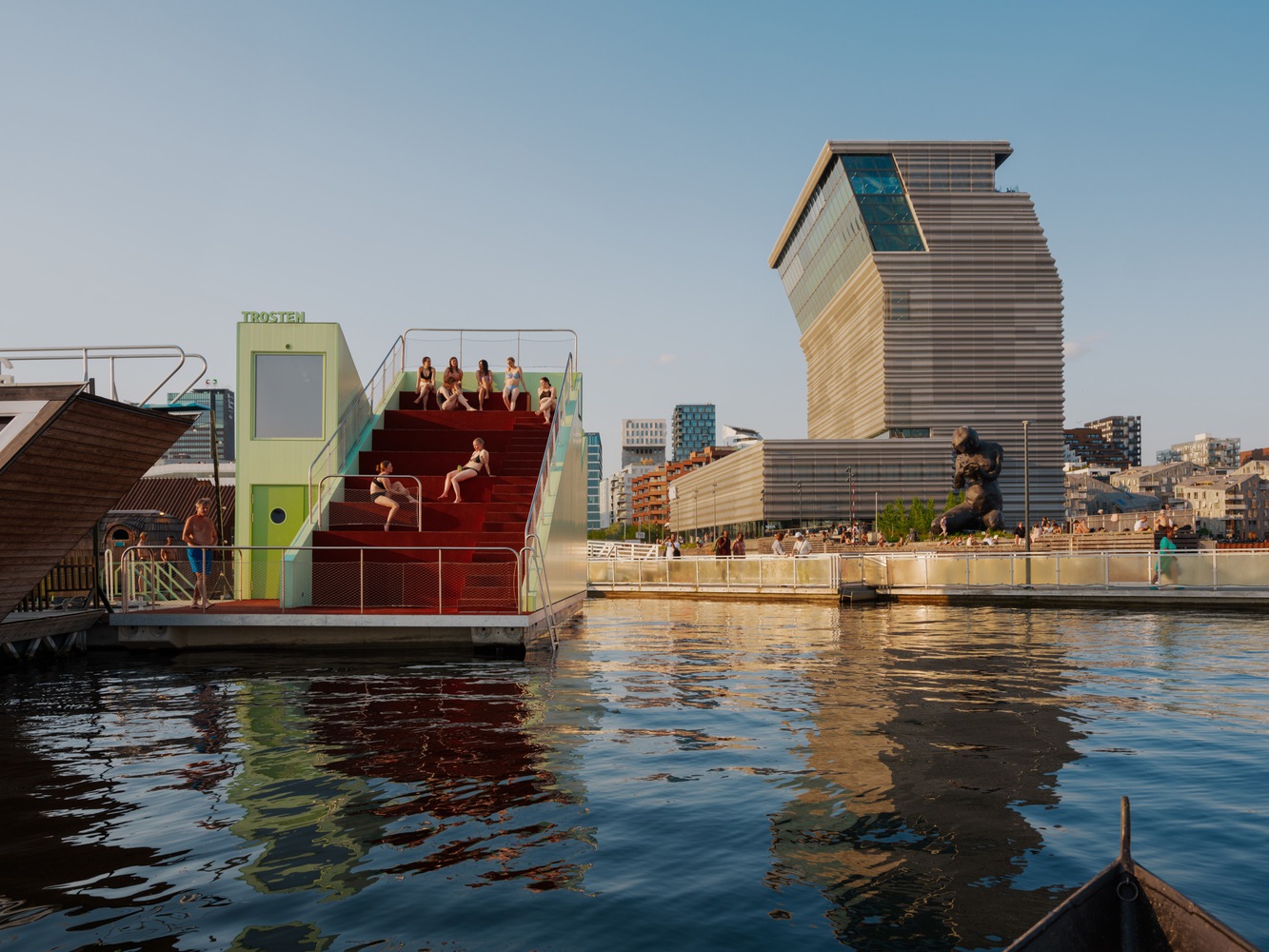
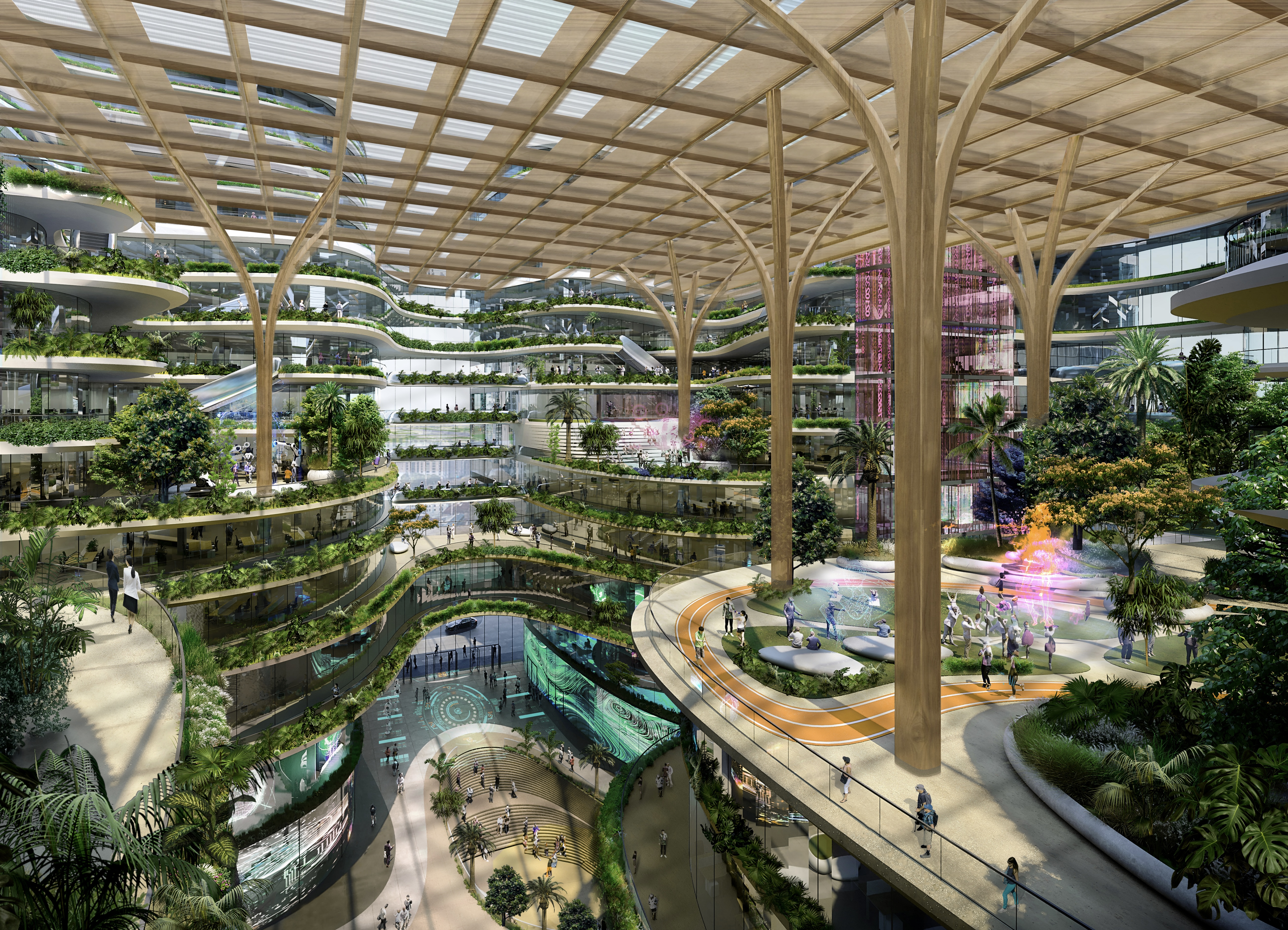
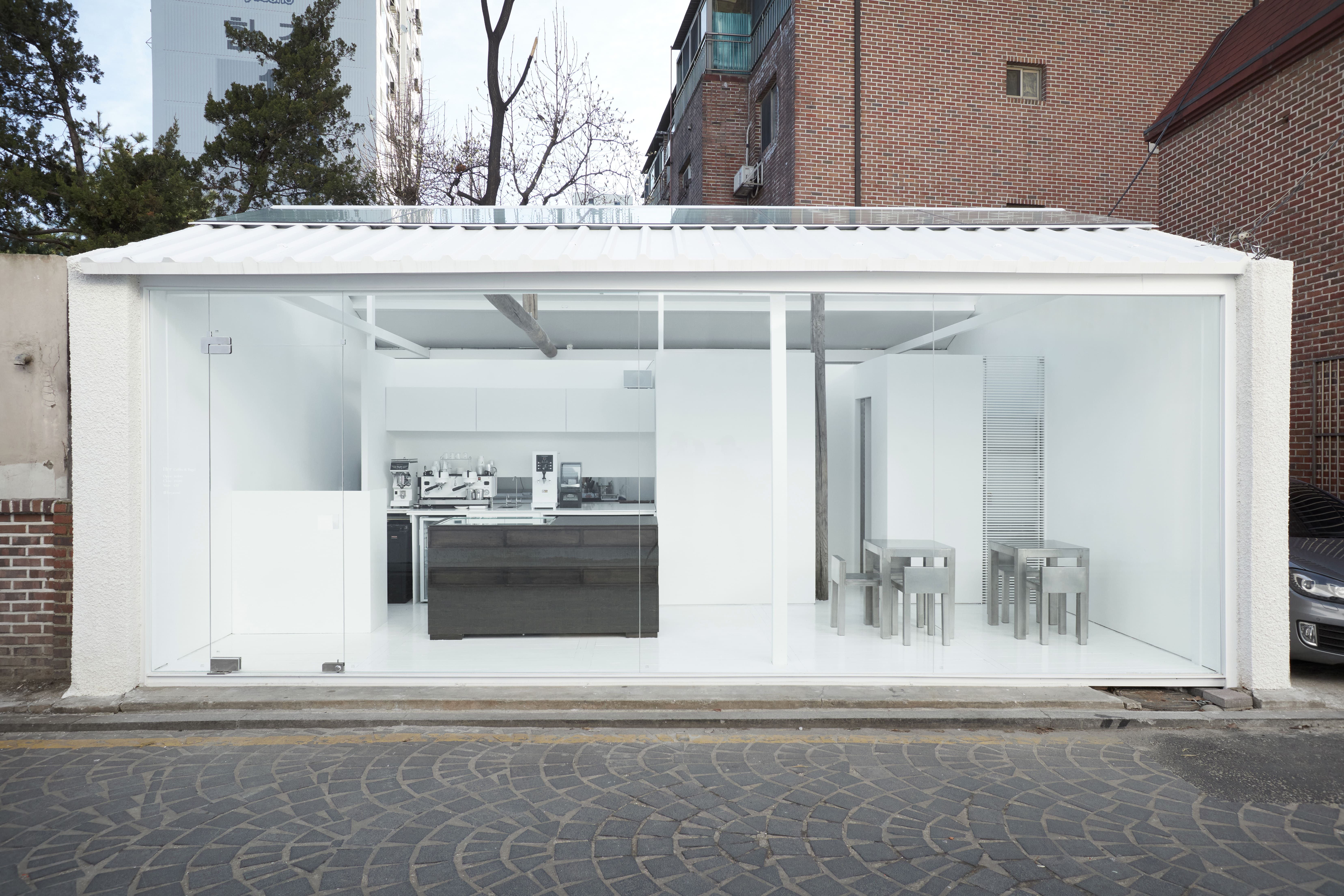
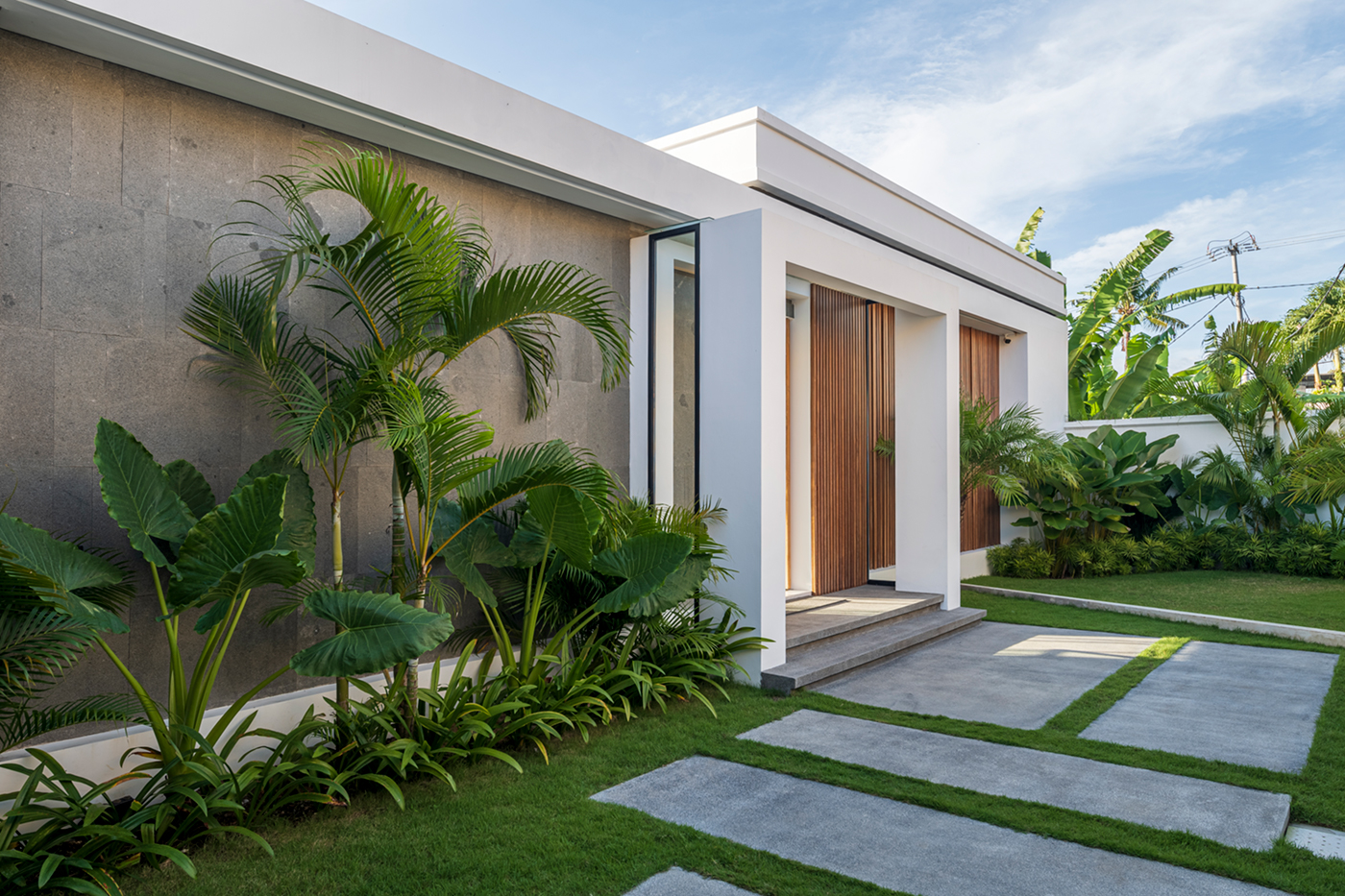
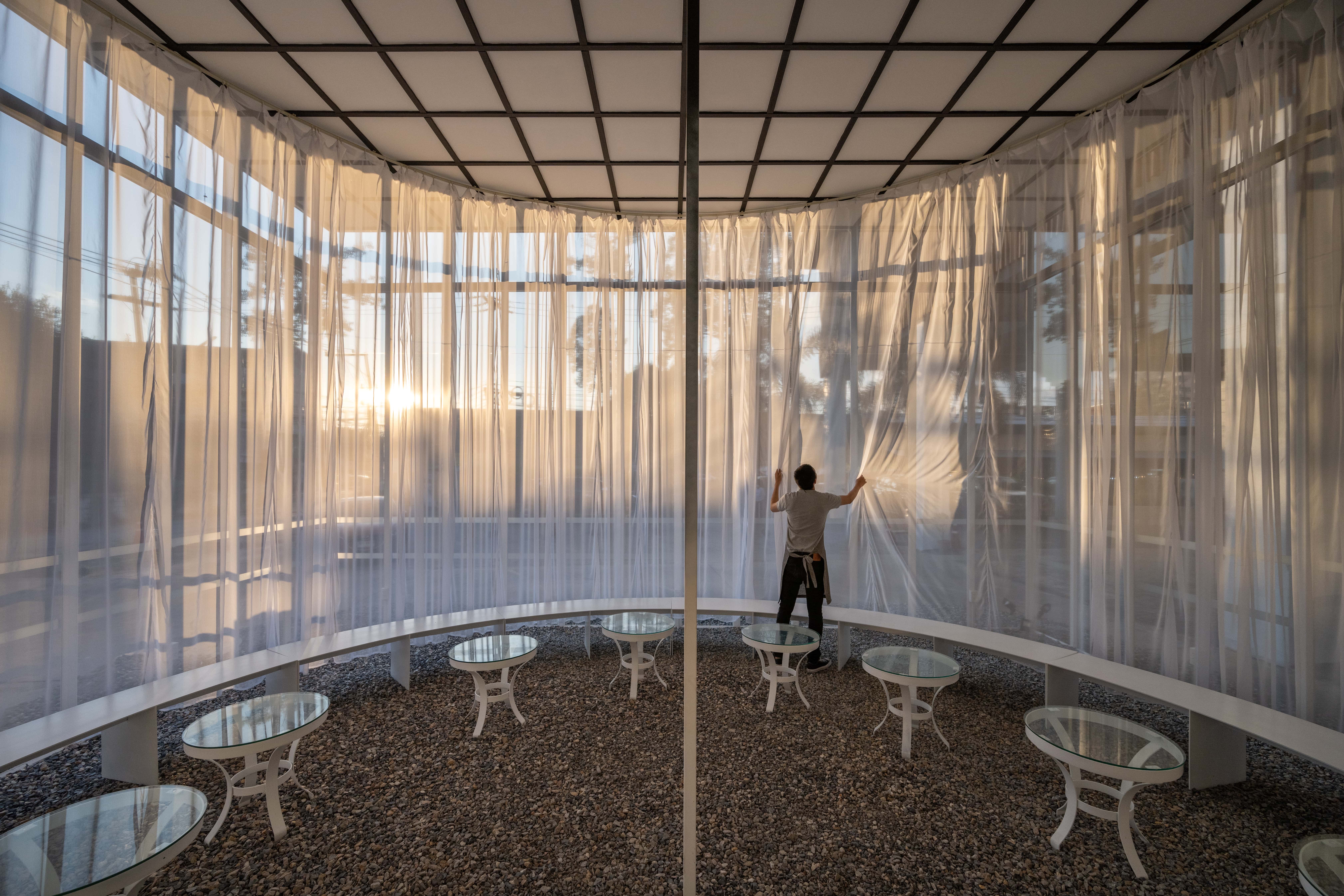
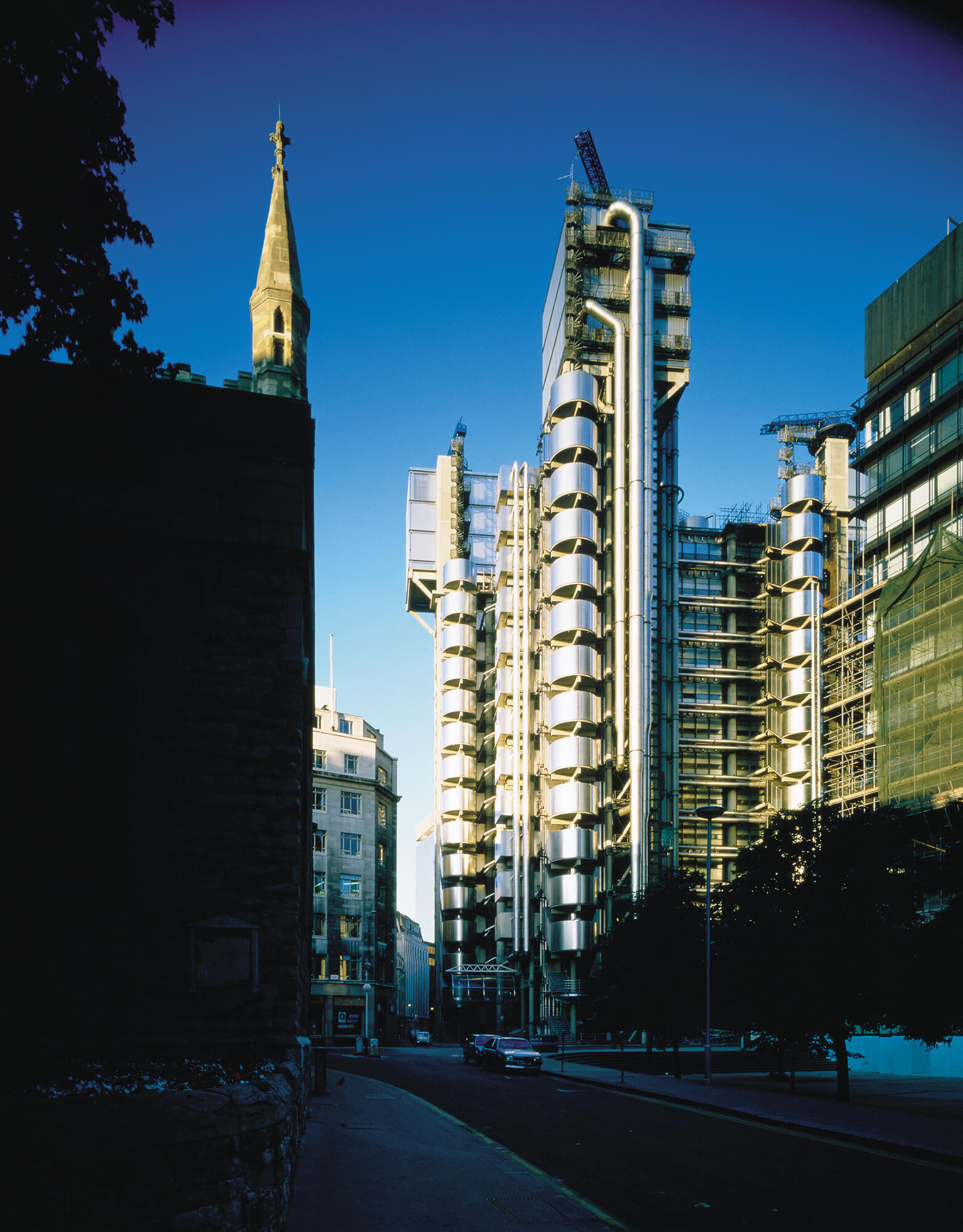
Authentication required
You must log in to post a comment.
Log in